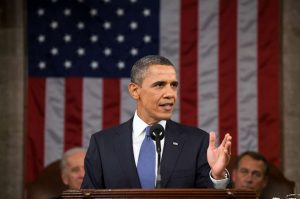- This topic is empty.
-
AuthorPosts
-
28/03/2024 at 11:44 #4663
In the world of automotive engineering, fuel delivery systems play a crucial role in ensuring optimal engine performance. Two key components of these systems are the fuel pressure regulator and the fuel pump. While both are responsible for regulating fuel flow, they serve distinct purposes and have unique characteristics. In this forum post, we will delve into the differences between these two components, shedding light on their functions, mechanisms, and importance in the overall fuel system.
1. Function and Purpose:
The fuel pressure regulator acts as a control valve, maintaining a consistent fuel pressure within the system. Its primary function is to regulate the flow of fuel from the pump to the injectors, ensuring that the pressure remains within the specified range. On the other hand, the fuel pump is responsible for drawing fuel from the tank and delivering it to the engine. It generates the necessary pressure to overcome the resistance within the fuel lines and supply fuel to the injectors.2. Mechanism and Operation:
The fuel pressure regulator operates based on a spring-loaded diaphragm mechanism. It senses the pressure in the fuel rail and adjusts the opening of the valve accordingly to maintain the desired pressure. This ensures that the fuel injectors receive a consistent flow of fuel, regardless of variations in engine load or speed. In contrast, the fuel pump utilizes an electric motor to create mechanical pressure, which forces fuel through the system. It is typically located inside the fuel tank and is designed to deliver fuel at a higher pressure than the regulator’s set point.3. Importance in the Fuel System:
The fuel pressure regulator plays a critical role in maintaining the fuel system’s stability and efficiency. By regulating the pressure, it prevents excessive fuel flow, which can lead to poor fuel atomization, engine flooding, and decreased fuel economy. Additionally, it protects the injectors from damage caused by high pressure. On the other hand, the fuel pump ensures a continuous supply of fuel to meet the engine’s demands. It must generate sufficient pressure to overcome any restrictions in the fuel lines and maintain a consistent flow rate, ensuring proper combustion and engine performance.Conclusion:
In summary, the fuel pressure regulator and fuel pump are integral components of a vehicle’s fuel delivery system. While the regulator controls the pressure within the system, the pump is responsible for delivering fuel to the engine. Understanding the differences between these two components is crucial for diagnosing fuel system issues and ensuring optimal engine performance. By maintaining the correct pressure and flow rate, these components work together to provide efficient fuel delivery and contribute to the overall reliability and performance of the vehicle. -
AuthorPosts
- You must be logged in to reply to this topic.



